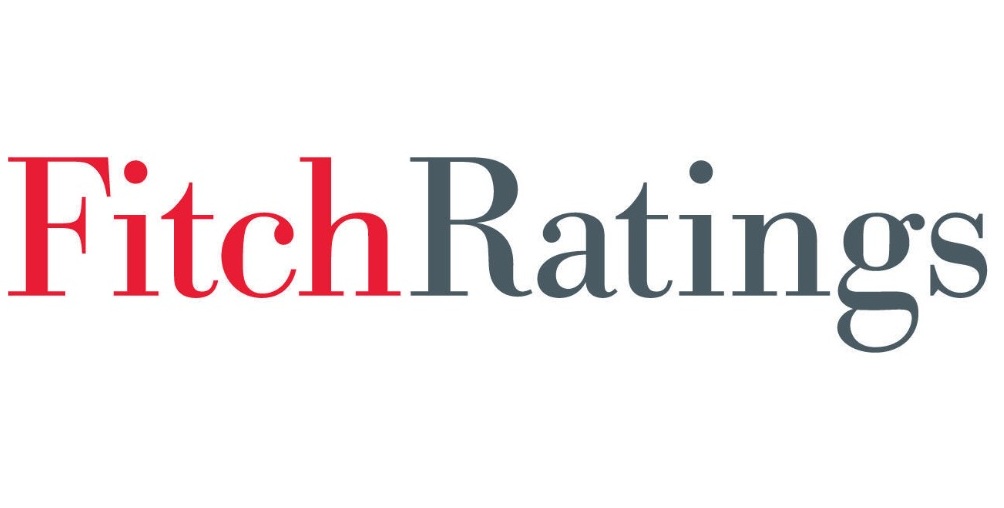Lawmakers in Washington seem oblivious to the threat of America’s mounting public debt.
For the second time in its history, the United States saw its AAA rating on long-term debt downgraded by a credit rating firm.
Fitch Ratings said the downgrade of the U.S., which is now rated AA+, “reflects the expected fiscal deterioration over the next three years, a high and growing general government debt burden, and the erosion of governance relative to ‘AA’ and ‘AAA’ rated peers over the last two decades that has manifested in repeated debt limit standoffs and last-minute resolutions.”
In the wake of the downgrade, the first since S&P downgraded the U.S. in 2011 amid a similar debt-ceiling showdown, Democratic politicians and White House officials immediately attacked both Republicans and Fitch.
“The downgrade by Fitch shows that House Republicans’ reckless brinksmanship and flirting with default has negative consequences for the country,” said Senate Majority Leader Chuck Schumer (D-NY).
Meanwhile, Treasury Secretary Janet Yellen slammed Fitch, calling the decision “flawed” and “entirely unwarranted.” She was echoed by press secretary Karine Jean-Pierre.
“It defies reality to downgrade the United States at a moment when President Biden has delivered the strongest recovery of any major economy in the world,” Jean-Pierre said. (CNN inexplicably blamed the downgrade on Jan. 6, even though Fitch in its report made no mention of the event, which happened 2 1/2 years ago.)
Perhaps such a reaction should not surprise us. Pointing fingers and blaming others is what politicians do best. Yet pointing fingers will not change a troubling reality: The federal government is facing a fiscal reckoning.
Most people probably don’t even know that in June, the national debt hit $32 trillion. If you find this strange because it feels like only yesterday that the national debt was $20 trillion, you can be forgiven. It practically was.
It was in 2017 that the national debt hit $20 trillion. You read that correctly: The U.S. government racked up an astonishing $12 trillion in six years. Sadly this spending frenzy will have serious consequences for the future of our children and grandchildren.
The federal government is now shelling out an unprecedented amount of money to pay interest on its debt — $476 billion in 2022, an increase of 35% from the previous year.
The nonpartisan Peter G. Peterson Foundation says Americans are likely to spend $9 trillion in interest on the debt over the next decade, making it perhaps the single largest federal expenditure in the coming years and crowding out other programs.
Lawmakers in Washington seem oblivious to the threat. Despite record revenues, federal spending continues to outpace tax receipts at a growing rate. In May 2022, the Congressional Budget Office estimated the federal government would rack up $15.7 trillion in new debt over the next decade; this year, the CBO adjusted the figure to $19 trillion, largely because of legislative changes.

This isn’t to say the debt-ceiling drama did not play a role in Fitch’s downgrade; it clearly did. What partisans are neglecting to tell you is that the standoff stemmed from the other causes Fitch alluded to in its downgrade — ”the expected fiscal deterioration” of the federal government and the “growing general government debt burden.”
These are serious threats, and instead of pointing fingers at Fitch and Republicans, the White House and Schumer should be addressing them. Instead, Democrats are calling for student debt “cancellation,” Medicare for All, and a fatter Pentagon.
There’s a troubling disconnect with reality here. It’s not unlike those who insist the historic inflation that began in 2021 stemmed from “corporate greed,” not trillions of dollars the Federal Reserve printed to flood the economy with money.
The Biden administration is of course not solely to blame for this debt. But it’s time for leaders to get honest about this fiscal recklessness, which history shows is more difficult to correct than it might seem because of the perverse incentives and corruption it spawns.
America’s Founding Fathers warned about such dangers. James Madison called public debt “a public curse, and in a Republican Government a greater curse than any other.” Benjamin Franklin called it a threat to liberty.
To keep independence, “we must not let our rulers load us with perpetual debt,” warned Thomas Jefferson.
People, especially leaders in Washington, have failed to heed these warnings. Sadly, it will be the generations of tomorrow who will pay if we fail to learn from our mistakes.
https://youtube.com/watch?v=Jp9ZKz8UL1s%3Fenablejsapi%3D1%26origin%3Dhttps%253A%252F%252Ffee.org
This article originally appeared in The Washington Examiner.

Jon Miltimore
Jonathan Miltimore is the Editor at Large of FEE.org at the Foundation for Economic Education.
This article was originally published on FEE.org. Read the original article.
